Our estuaries might be described as nature’s water treatment systems for their rainwater catchments - where the waters are given a bit of a water quality polish before they continue on into the Ocean. The wider estuarine ecosystem helps breakdown and remove some of the organic material and the wide slow waters help the settlement of the sediments, all brought down from the catchment basins by their rivers and streams.
Estuaries are naturally high nutrient ecosystems and can normally cope with a little bit more from our own activities but its an individual estuary balance that is easily tipped. This is most evident locally within the Salcombe-Kingsbridge Estuary where there is no river to help wash any excesses out and algae or ‘seaweeds’ often bloom, fertilised by high nutrient levels.
After the rather extended and heavy rains we had this past winter and spring, washing down extra nutrients, I have been rather anxious watching thick blankets of green seaweed develop over much of the Kingsbridge Estuary’s mudflats and including over the dwarf seagrass meadows that had been showing recent signs of growing in health and extent. There has been some increase in the amount of this green seaweed around our other estuaries too but not such a blanket – a recent Environment Agency survey suggested as much as 80% cover and 1kg of seaweed per square metre across the Kingsbridge mudflats!
The real concern of these seaweed blankets is that they can smother the rich wildlife communities supported within the surface of the mudflats and indeed the dwarf seagrass meadows too. Thankfully, the seaweed blanket does rise up and down with the tides, allowing some daylight and flow of waters beneath them, but where the seaweed can really build up, everything rots below and turns black in the anoxic conditions. Some does drift with the tidal currents and wind and can even end up on top of and smothering the saltmarshes found at the top of the foreshore.
These blankets of seaweed have persisted over most of the summer but, as the daylight shortens and temperatures drop, there are signs just now of the seaweed blanket finally dying back and relinquishing the natural estuary communities to fresher water and less shading again but with shorter daylight hours. The dwarf seagrass meadows too will be dying back for the winter, so assuming a more ‘normal’ winter of weather, we might not know any longer-term impact of all that seaweed until next spring and summer. Hopefully we’ll see a strong resurgence of the dwarf seagrass meadow across the mudflats again in 2025.
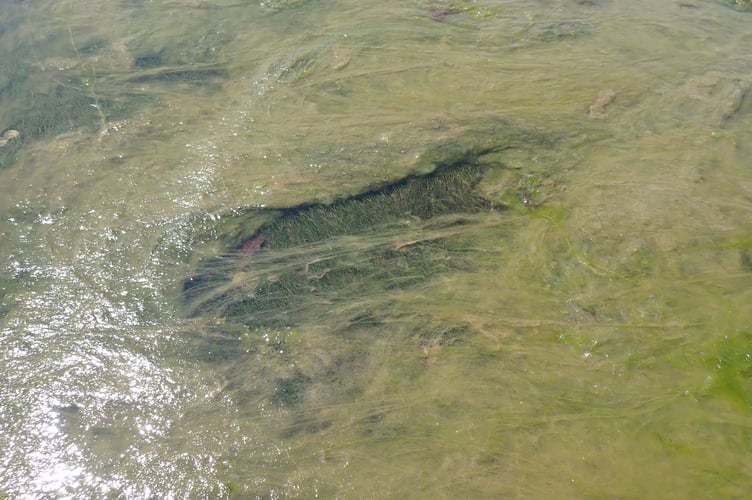
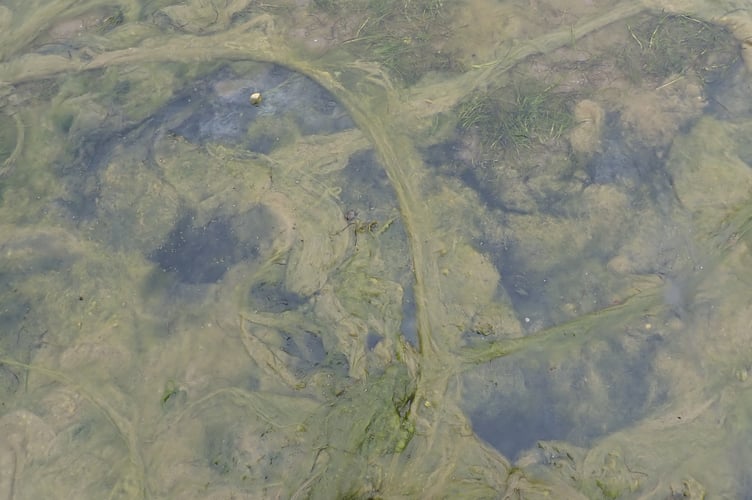
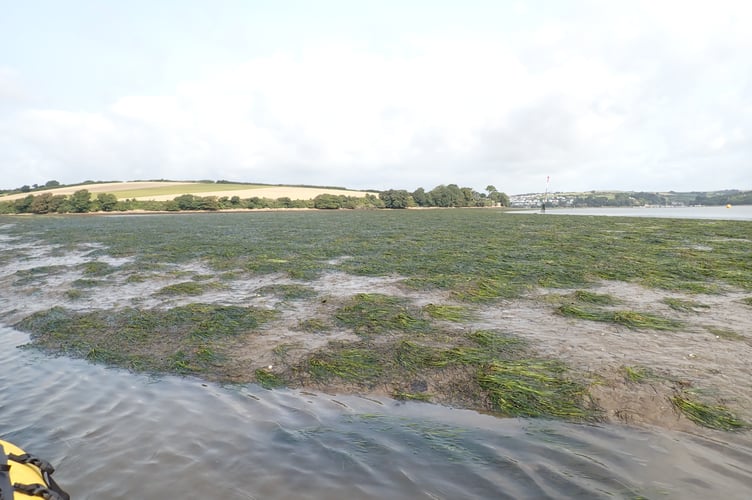
This summer, my daughter and I enjoyed a low tide paddle around the channels of the Kingsbridge creeks and were properly amazed at how incredibly well the same dwarf seagrass is doing further down the mudflat foreshore. The dwarf seagrass has
expanded its range and extent quite dramatically in just one year since I’d looked last year – plant by plant, it is advancing down the shores and even colonising the bed of the channels.
Historically, local naturalist Gordon Waterhouse remembers reasonable meadows of dwarf seagrass across the mudflats in and above West Charleton Bay but these have since retracted to a few small clusters of plants - hardly a ‘meadow’ nor able to support the jungle of marine life that we know they can. We can’t be certain why it has died back here but the prevailing wind tends to push the green seaweed blankets over this way. Last year, again paddling, I was excited to see a couple of new dwarf seagrass plants 500m north of Charleton Point but this year the plants we saw, counted in the hundreds, most probably thousands. Although this is not yet a joined up meadow, there are numerous tussocks of seagrass following the eastern side of the channel from Charleton Bay to within 50m of the Newbridge Quay, in the mouth of Bowcombe Creek.
I am not certain why the seagrass is doing so well down the shore when it would appear to be suffering under the seaweed blanket but my own thinking is that down into and towards the creek channels, it is narrower and the tidal currents will be stronger here, shifting any seaweed that tries to settle here. The seagrasses being plants, have roots that anchor them properly into the mud.
We know that all types of seagrass meadows are immensely important for our wellbeing too – from commercially important fish nursery grounds to the diversity of life that they support. Doing our bit to help them is very simple – no matter what craft we’re on, we should try to keep to deeper waters and avoid disturbing the beds. And even from home, garden, street, field or farm – trying to keep any addition of nutrients to our waste waters or runoff to an absolute minimum to reduce the fertilising of algal blooms downstream. As so often with the impacts on our estuaries, it’s the cumulative impact of the many small occurrences that matter – so every positive effort helps.

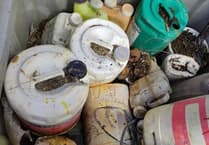
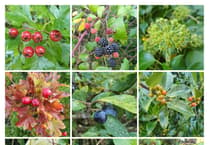
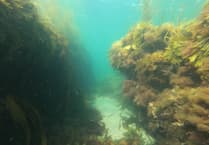
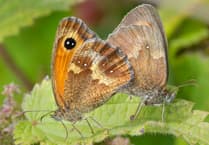
Comments
This article has no comments yet. Be the first to leave a comment.